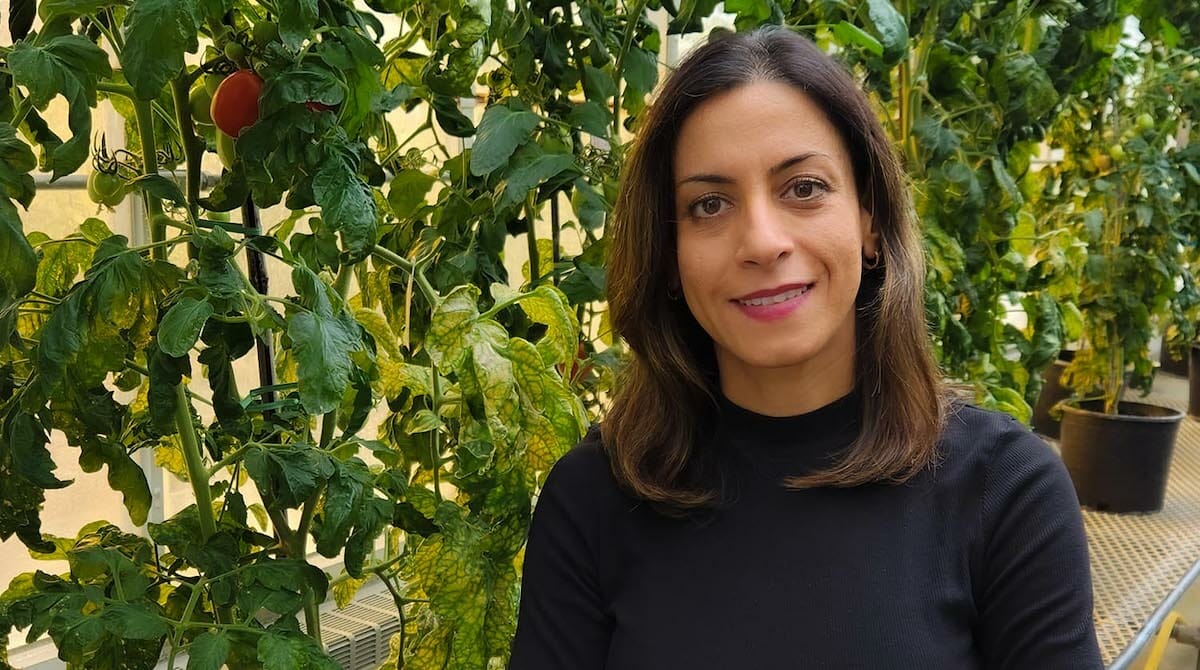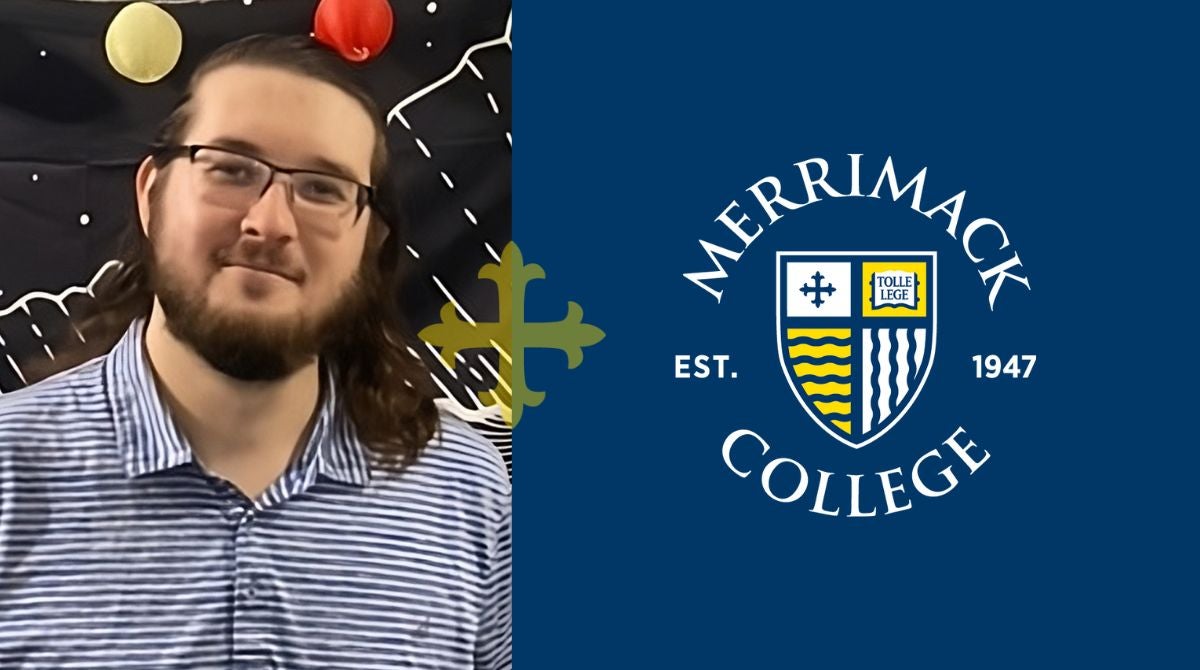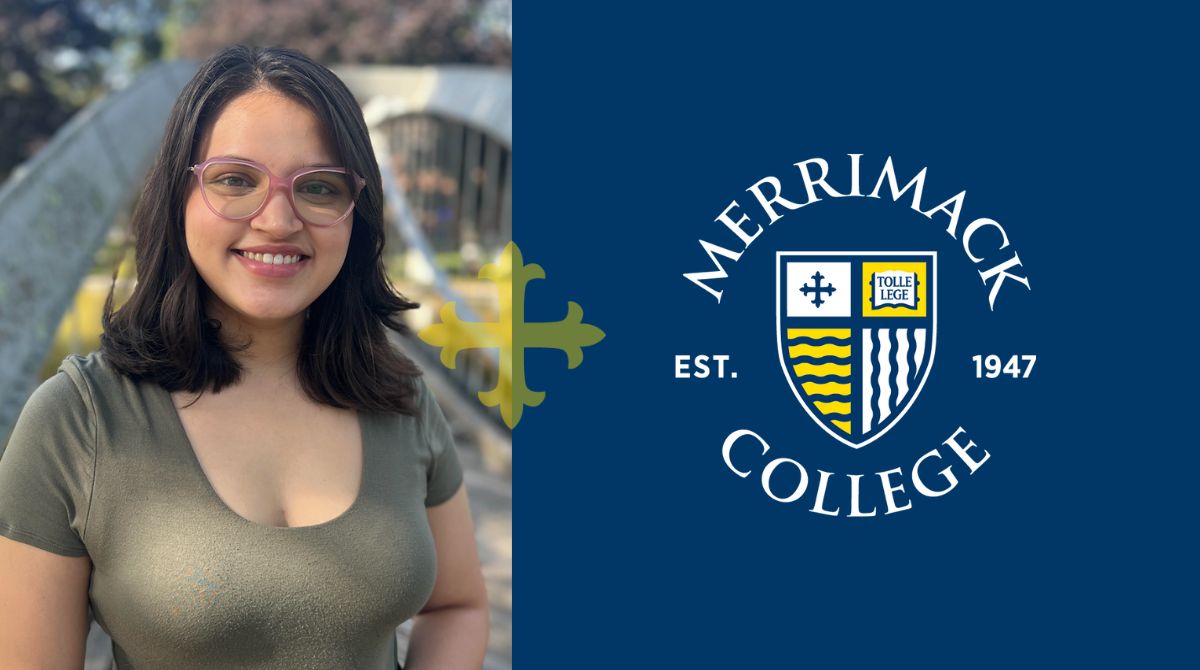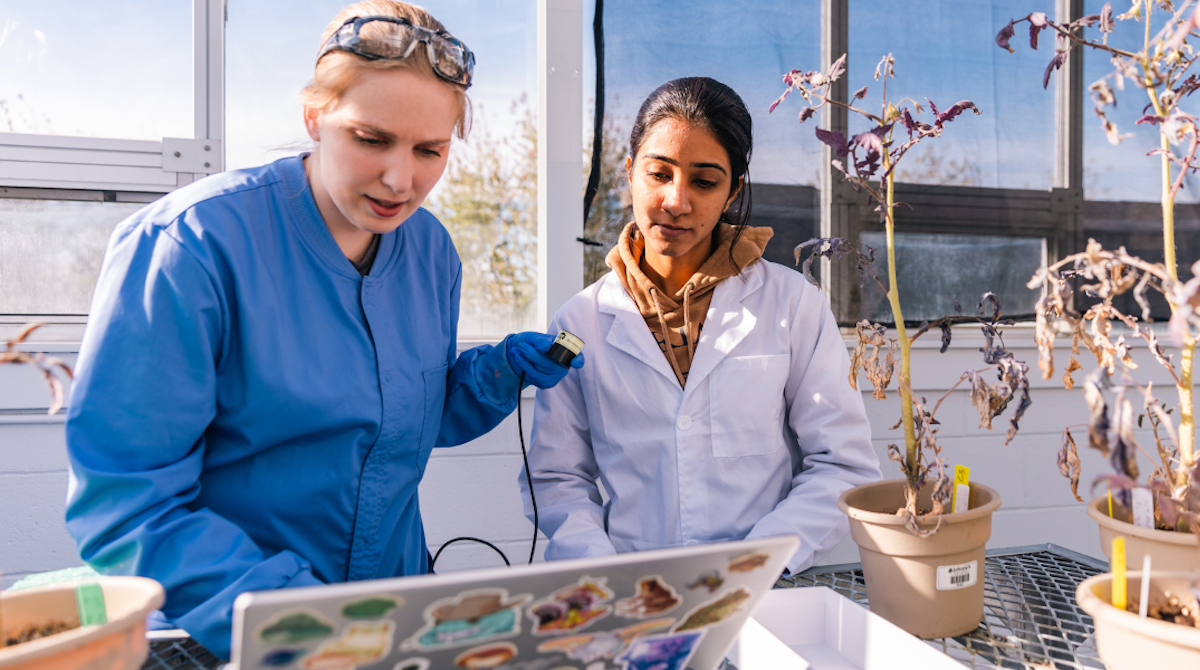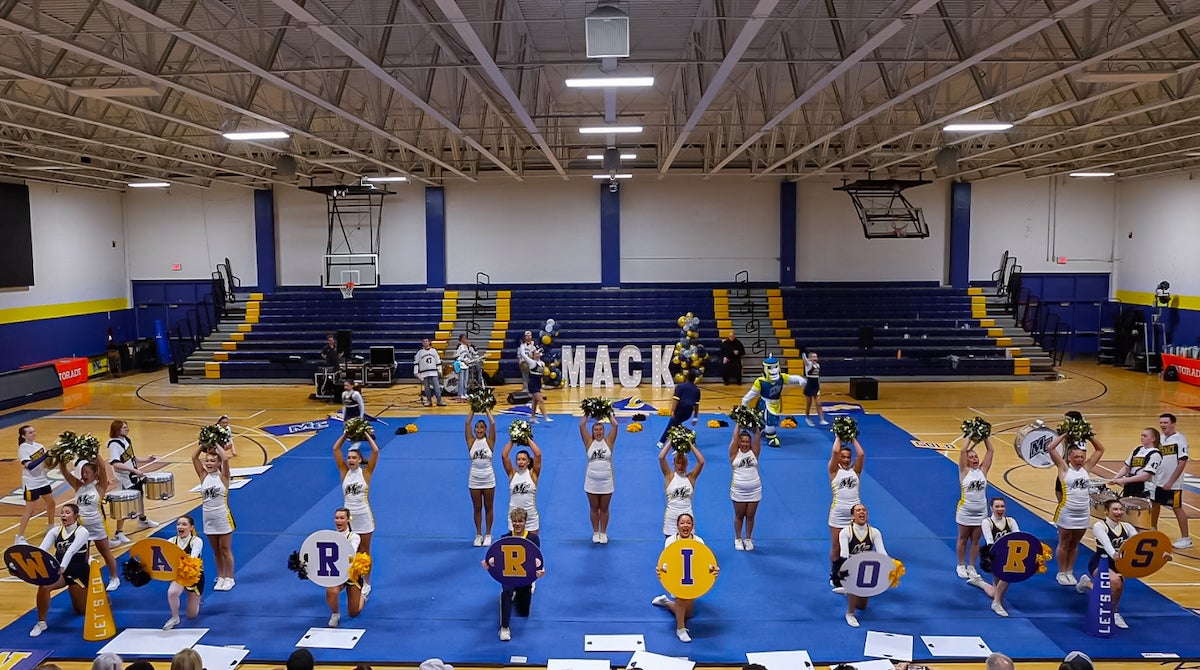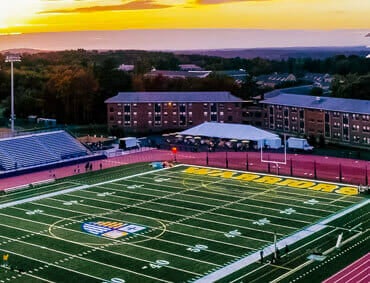The use of microscopic particles known as nanomaterials across medicine, agriculture and industry sectors has significantly increased over the past decade and can become a new type of contaminant for plant life, explains Merrimack College’s Associate Professor, Dr. Azam Noori.
And the National Science Foundation will now support Noori’s research into just how significant that impact is. Noori recently received a three-year, $399,338 grant to study how microscopic materials impact the cells and essential nutrients of selected plant species.
“(The nanoparticles) released in the environment travel from root to leaves and fruits, and then we eat them,” Noori explained. “The main question is how silver nanomaterials are transported in plants. I want to study those genes, the membrane transporters, that are allowing silver nanoparticles to get to the leaves. If we know how they end up in fruits, we can predict the path and use it to protect agriculture and human health.”
Noori will be using tomato plants in her research due to their high consumption around the world and their physiological responses to external stimuli. She’ll spend the summer growing the plants and then in the fall will start exposing them to silver nanoparticles.
“I feel accomplished,” Noori said of receiving the grant. “Being known and being appreciated for the work you did, it feels very good. I also feel very responsible – I have a lot to return.”
This award is not exclusive to lab work. Over the course of the grant, Noori’s work will be showcased on an interactive display on Merrimack’s campus, as well as at the SEE Science Center in Manchester, New Hampshire. She also plans to organize annual STEM events for students at Lawrence Public High School. Noori will hire a graduate and undergraduate student as research assistants on the project. She hopes to bring the students on board this fall.
“We’re really proud of Dr. Noori,” said Dr. April Bowling, Merrimack College’s associate vice provost of research. “Her science is excellent, so we knew eventually she’d be rewarded. This is the result of a ton of hard work on her part.”
This grant, and other external research grants like it, are critical to Merrimack expanding its research endeavors and attaining R2 research university status, both of which are key initiatives in the Agenda for the Future.
“We have so many talented faculty in the biological, life sciences and engineering departments,” Bowling said. “The National Science Foundation is really the primary funder of studies in those areas. This really opens the door to Merrimack building its NSF portfolio.”
During her seven years teaching at Merrimack, Noori has received a number of internal research funding awards including the Murray Fellowship, Zampell Family Faculty Fellowship and Catalyst Fund.
“The data collected through the Murray Fellowship and Zampell Family Faculty Fellowship helped me to collect the preliminary data needed to write proposals for external funding opportunities (for this project),” Noori explained.
Noori also received support from Merrimack’s Strategic Academic Research Trajectory Package, or START program. The program aims to assist faculty with their research projects through funding, potential reallocation of teaching loads and the prioritization of research and project space.
“As someone who successfully transferred from START to getting an external grant, Dr. Noori is now a mentor within our community,” Bowling said. “She’ll be paying it forward by working with our students and other faculty, as well as helping to shift the College’s research culture.”
This material is based upon work supported by the National Science Foundation under Grant 2231905. Any opinions, findings, and conclusions or recommendations expressed in this material are those of the author(s) and do not necessarily reflect the views of the National Science Foundation.
